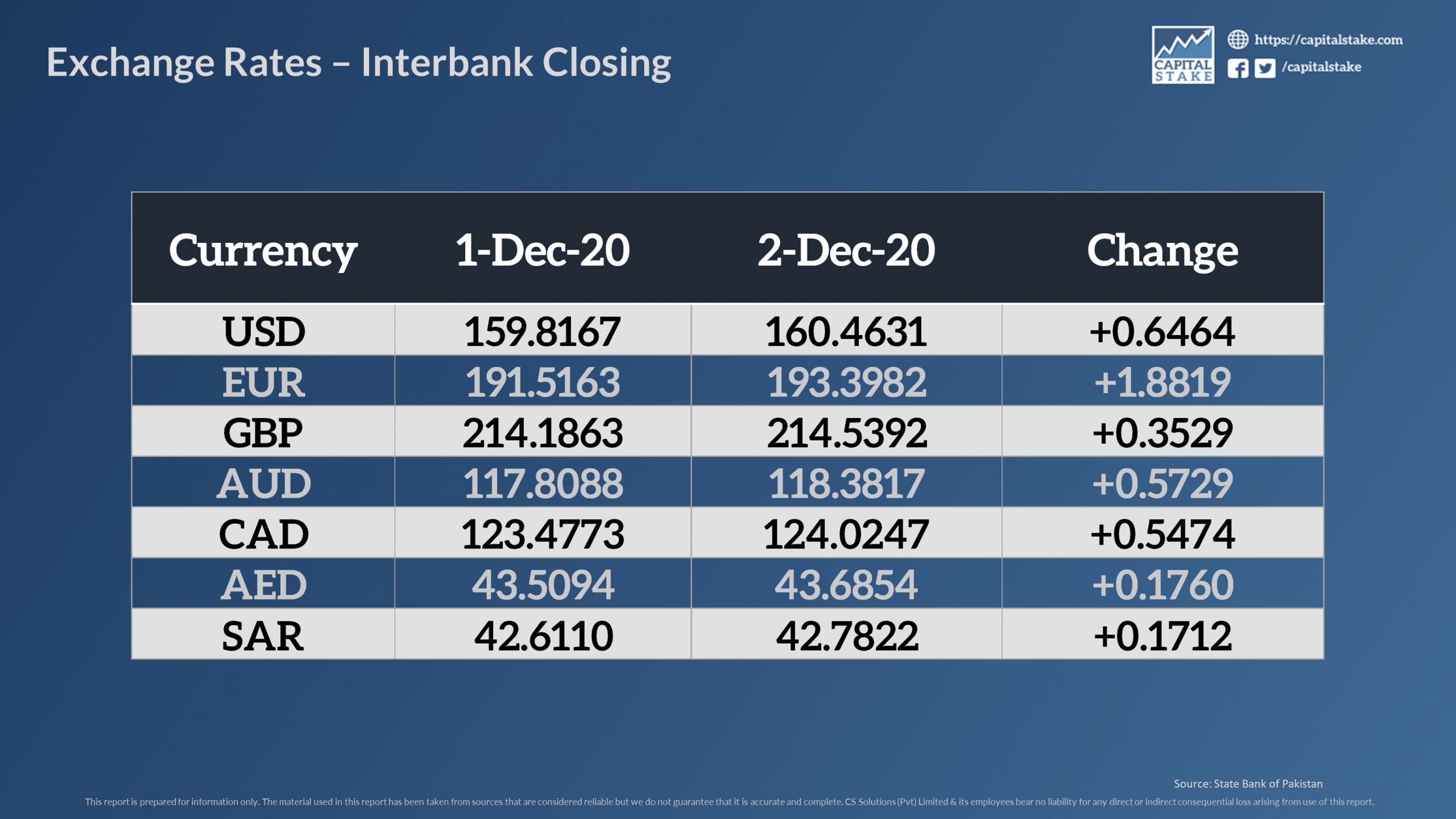National Electric Power Regulatory Authority (NEPRA) conducted a hearing regarding a petition filed on the tariff hike by distribution companies (DISCOs) in their quarterly adjustments.
It was revealed during the proceedings that about 750,000 applications for new 1,500-1,600 MW electricity connections are still pending with various distribution companies. At the same time, the Central Power Purchasing Agency (CPPA) and distribution companies (DISCOs) are looking to push up the tariff by approximately 86 paisa per unit due to capacity charges of around Rs. 85 billion during April-June 2020, Dawn News reported on Wednesday.
The CPPA had originally sought about 80 paisa per unit increase in uniform tariff for all DISCOs to recover about Rs. 82.7 billion from consumers on account of variation in the power purchase price for the fourth quarter (April-June 2020) of last fiscal year (2019-20). However, the number was revised to Rs. 85.2 billion.
ALSO READ
CCP Will Now Get a Share of Fee from PTA, OGRA, SECP, PEMRA and NEPRA
NEPRA’s Sindh Member said that these applications were enough to consume about 1,500-1,600 MW of surplus capacity and reduce the overall tariff instead of higher capacity charges.
NEPRA reserved its verdict while issuing orders for the verification of DISCO’s data because they kept changing their statements throughout the public hearing.
It was also highlighted in the proceedings that the actual tariff increase by the DISCOs would be approximately 70 paisa per unit, considering that the existing 15 paisa per unit capacity charges for an earlier quarter would expire soon and would be replaced by 85 or 86 paisa per unit capacity charge.
NEPRA had suspended the hearing last week due to unsatisfactory responses from the Central Power Purchasing Agency (CPPA) and DISCOs, rescheduling it for December 1.
The CEO of CPPA explained that an increase in capacity charges was necessary because the actual cost had doubled for some new power projects as compared to their reference rates. These include projects like Sahiwal and Port Qasim coal projects, a project of Hubco, and a few solar and wind projects. It was highlighted that the exchange rate differential, from Rs. 129 to the dollar to now Rs. 167 to the dollar, has also contributed to the need for increasing capacity charges.
ALSO READ
Pakistan’s Exports for November Grow by 7%
Economic slowdown and reduction in commercial activities are also contributing factors. If the economy grows and consumption goes up, these capacity charges may reduce, the hearing was told.
NEPRA members expressed anger at the unsatisfactory data provided by the power companies and said that the management of these companies, including the chief executives and chief financial officers, should be fully aware of the different aspects of their companies for which they are seeking an increase in tariffs.
Another point of contention arose when the CEO of Lahore Electric Supply Company (LESCO) said that only 250 industrial and 2,200 domestic and commercial connections were pending. He said that the number of 750,000 outstanding connections mentioned in the Pakistan Electric Power Company (PEPCO) data was misleading and unrealistic as PEPCO includes the applications even if they were filed one day ago. In response to this, NEPRA’s case officer called him out by saying that the data provided by LESCO itself put total outstanding applications as of June at 92,000, including 42,000 ripe for connection.
The post NEPRA Questions CCPA on Higher Tariff and Pending Electricity Connections appeared first on .
Continue Reading

